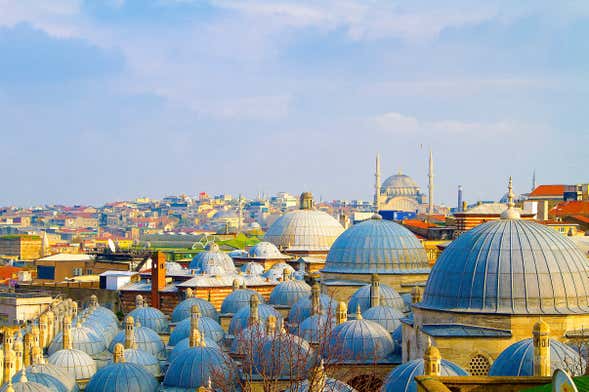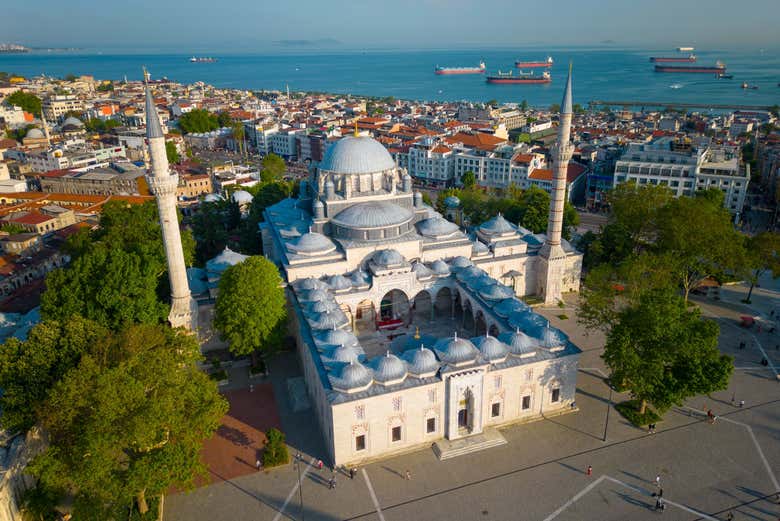Free Walking Sightseeing Tours in İstanbul, Turkey
Legend
Self-guided Tours
Paid Tours & Activities
Guided Free Walking Tours
Book free guided walking tours in İstanbul.
Guided Sightseeing Tours
Book guided sightseeing tours and activities in İstanbul.
Are you ready for an unforgettable time in İstanbul, Turkey? Then you've come to the right place with our sightseeing tours. Whether you prefer a guided free walking tour with insider knowledge or enjoy the freedom of a self-guided route, you'll find exactly what you're looking for. Click on a tour and find out more about the highlights that await you!
Activities in İstanbulIndividual Sights in İstanbul 0$
English
English
2h 30m
9.3/10 stars, 15056 ratings
9.3/10 stars, 15056 ratings
Admire the exterior architecture of opulent mosques and discover the amazing history of Istanbul with this guided tour.
Show on Civitatis* 0$
English
English
2h 30m
9.3/10 stars, 425 ratings
9.3/10 stars, 425 ratings
Discover the other side of Istanbul on this alternative free tour. You'll hear all about the traditions, food and daily life of the locals. Don't miss out!
Show on Civitatis* 10 sights
2.3 km
2.3 km
26 m
50 m
50 m
- Barış Manço Evi
- All Saints Moda English Church
- Moda Camii
- Church of the Assumption
- Hagia Triada Greek Orthodox Church
- Moda Sahnesi
- Sinematek
- Süreyya İlmen Heykeli
- Fikret Mualla
- Yoğurtçu Park
14 sights
4.3 km
4.3 km
141 m
174 m
174 m
- Ataturk Cultural Center
- Taksim Gezi Parkı
- Republic Monument
- Hagia Triada Greek Orthodox Church
- Madame Tussauds
- Tokatlıyan Hotel (Beyoğlu)
- Çiçek Pasajı
- Galatasaray Museum
- Church of Saint Anthony of Padua
- The Museum of Innocence
- Church of Santa Maria Draperis
- Pera Museum
- Crimea Memorial Church
- Galata Dervish House Museum
12 sights
3.9 km
3.9 km
84 m
94 m
94 m
- Hasanpaşa Camii
- Söğütlüçeşme Mosque
- Saint Leon
- Süreyya Opera
- Bull Statue
- Hemdat Israel Sinagogu
- Osman Ağa Mosque
- Cafer Ağa Mosque
- Surp Takavor Armenian Church
- Kadıköy Timsah Heykeli
- Sultan Mustafa İskele Mosque
- Haldun Taner Stage
Share
Spread the word! Share this page with your friends and family.
How likely are you to recommend us?
What can we improve?
Why Visit Sights? Self-guided sightseeing tours are a free and safe alternative to bus tours. You can explore İstanbul at your own pace, any time! Do something good for your health by walking.

